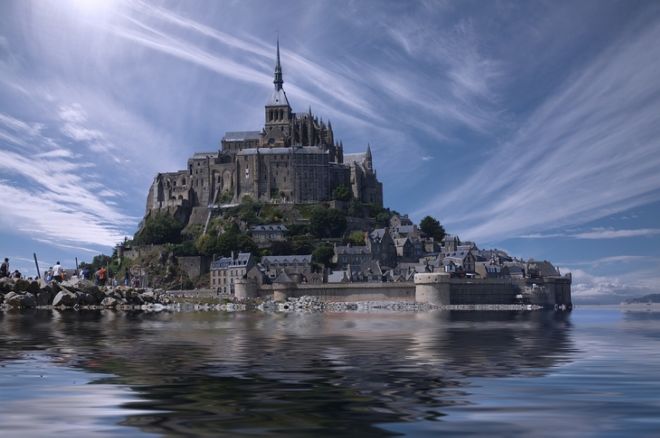
Yet another special place, the Mont-Saint-Michel is a cathedral-island in Normandy, France. Around 460, an Irish hermit founded a Catholic community on the island, which gradually grew into an entire monastery. The characteristic Norman castle you can see today was built around 1066 and expanded on with time.
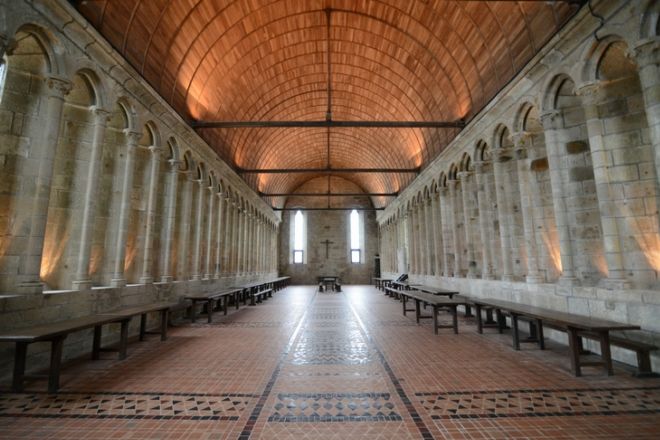
Another remarkable feature of this cathedral is its location: it used to be inaccessible from land on high tide (now there’s a bridge), as seen in the picture above.
Sainte-Chapelle, France
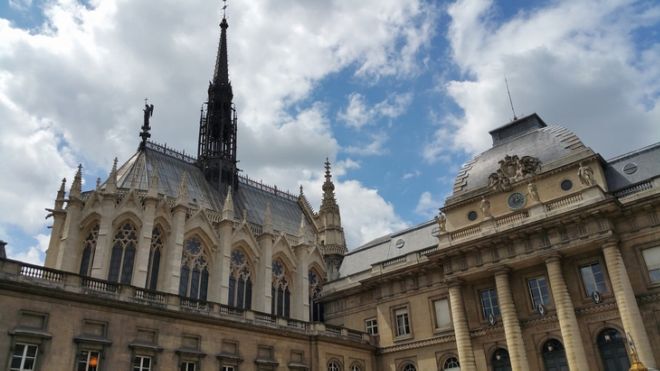
Yet another French landmark, the Sainte-Chapelle was built for the French royal family as a personal chapel in 1248. Like many other buildings on this list, this cathedral is a UNESCO World Heritage site that contains 550 square meters of one-of-a-kind stained-glass windows, the most famous feature of the chapel.
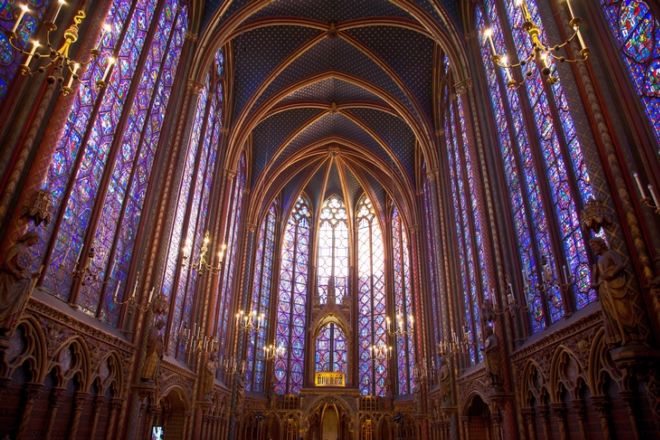
The modern look of the interior of the chapel is actually an extremely accurate 19th-century reconstruction after the interior was destroyed during the French Revolution, and experts suggest that the original stained-glass windows looked even more vibrant than the reconstruction.
La Sagrada Familia, Spain
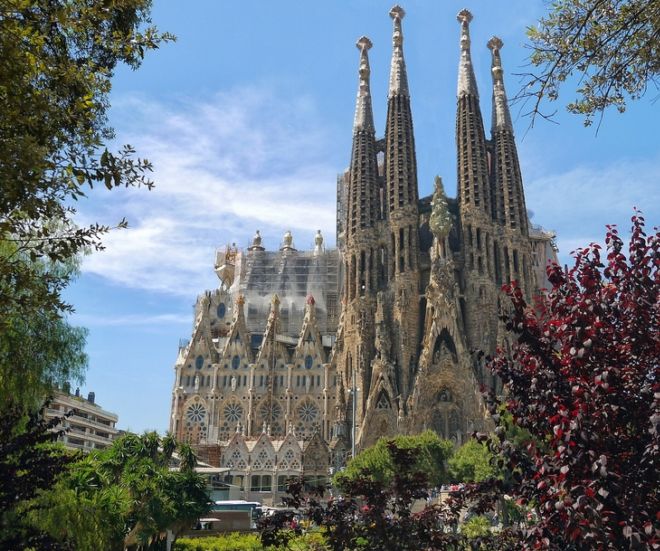
Who said that monumental cathedrals were being built in Europe only in Medieval times? This Barcelonian gem begs to differ, as it will continue being under construction until 2026, which is 136 years after construction first began.
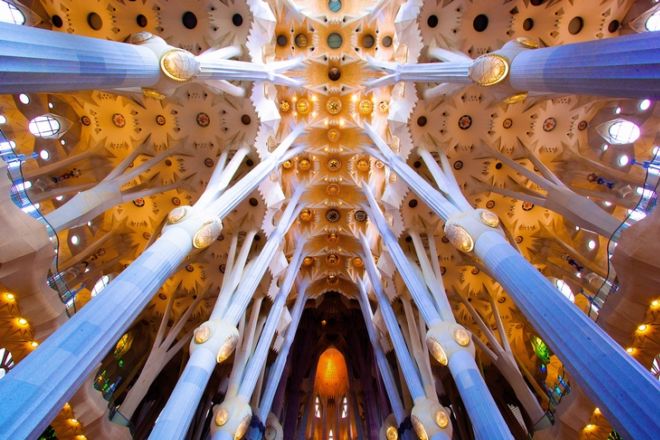
The cathedral was designed by Antoni Gaudí, one of the greatest if not the greatest 19th-century architect, who imitated the shapes of plants and animals as he was sketching out this very unusual-looking building.